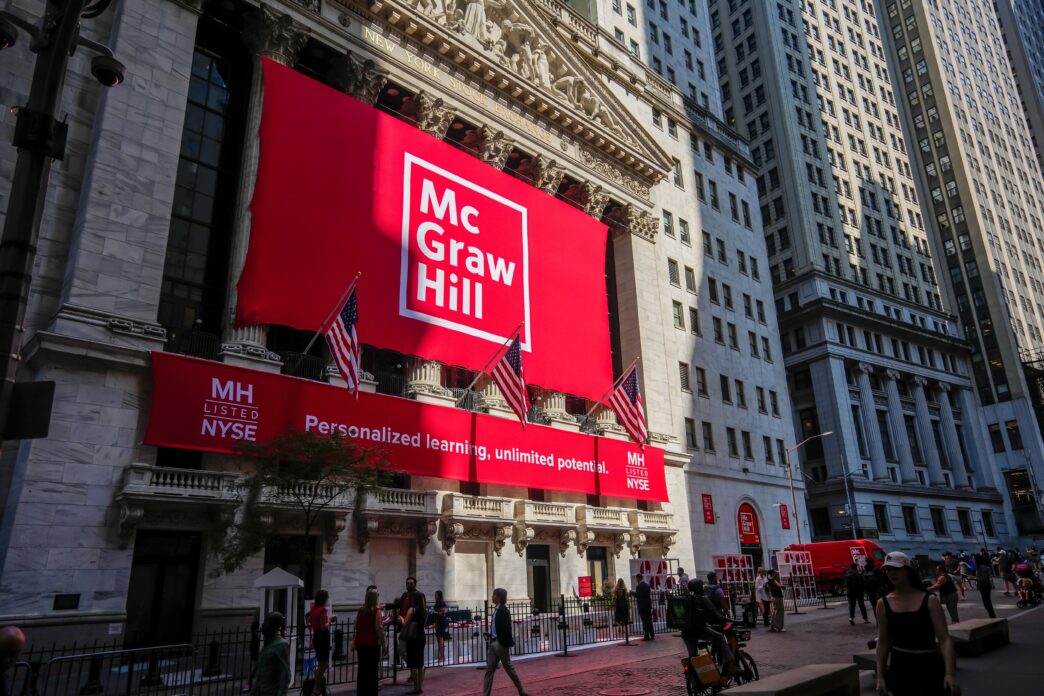Executive Summary
The Story So Far
Why This Matters
Who Thinks What?
Progressive Corporation, a prominent U.S. auto insurer, has seen its stock decline by 25% from its recent peak, a movement attributed to industry-specific challenges. Despite this downturn, an analysis published on November 15, 2025, suggests the dip could present a buying opportunity for investors, citing the company’s strong market position, superior profitability, and potential as an inflation hedge.
Market Position and Demand
Progressive operates in the consistently high-demand automotive insurance sector, where coverage is often legally mandated or required by lenders. This inherent demand provides a stable foundation for its business operations.
The company holds a significant position as the second-largest U.S. auto insurer, commanding approximately 15% of the market share, trailing only State Farm. This scale allows Progressive to distribute risk effectively across a vast customer base, negotiate favorable costs for repairs and parts, and acquire new customers efficiently.
Profitability and Risk Management
A key strength highlighted in the analysis is Progressive’s ability to manage risk and price policies effectively, leading to superior profitability compared to its competitors. The highly competitive nature of the auto insurance market typically results in insurers breaking even on average from underwriting.
However, Progressive has consistently demonstrated strong underwriting performance over the past two decades, reportedly generating around $8 in underwriting profit for every $100 in premiums earned. This disciplined approach to risk selection and pricing has contributed to its historical stock performance, averaging 17% compounded annually over the last three decades.
Inflation Hedge Potential
The analysis also positions Progressive as an effective hedge against inflation, which has seen its highest levels in four decades. While rising inflation can increase claims costs for insurers due to more expensive auto repairs and legal settlements, companies like Progressive possess pricing power.
This allows them to adjust premiums over time to adapt to rising costs. Additionally, periods of rising interest rates, often associated with inflationary environments, can bolster insurers’ investment income from their bond portfolios.
The broader economic landscape, including the yearly change in the Consumer Price Index (CPI) at 3% for September, suggests inflation may persist. Factors such as U.S. efforts to reshore supply chains, increased investment in infrastructure, accelerating spending on artificial intelligence, and tight labor markets are cited as potential drivers of sustained higher costs. President Trump’s use of tariffs has been noted as an incentive for reshoring initiatives.
Investment Outlook
Progressive presents a compelling case as a quality stock for long-term investors, according to the analysis. Its business model is poised to benefit from economic growth while also offering a degree of protection against ongoing inflation and potentially rising interest rates. With the stock currently trading at approximately 12 times earnings, the recent 25% reduction from its all-time high is presented as an opportune moment for potential investment.







